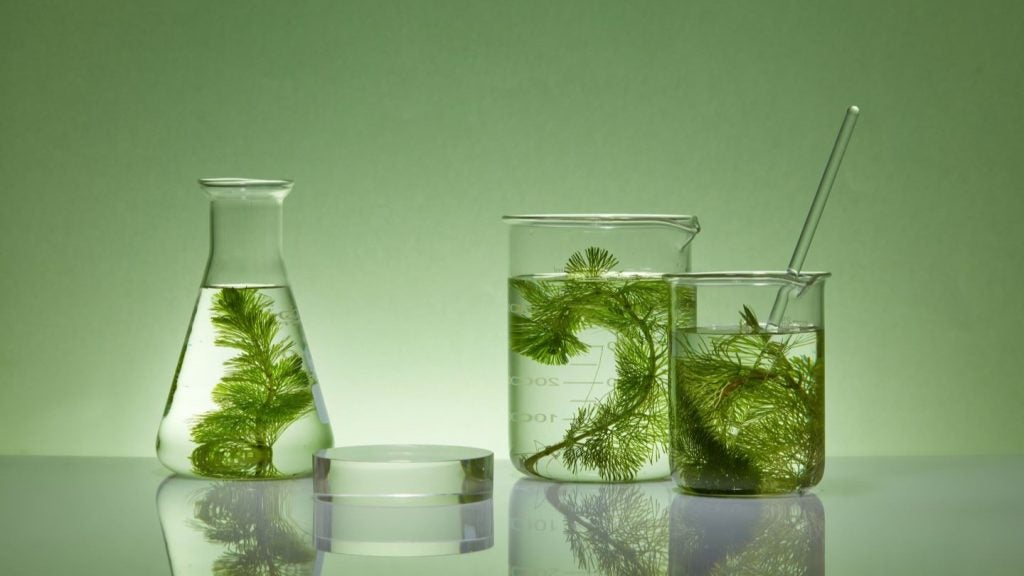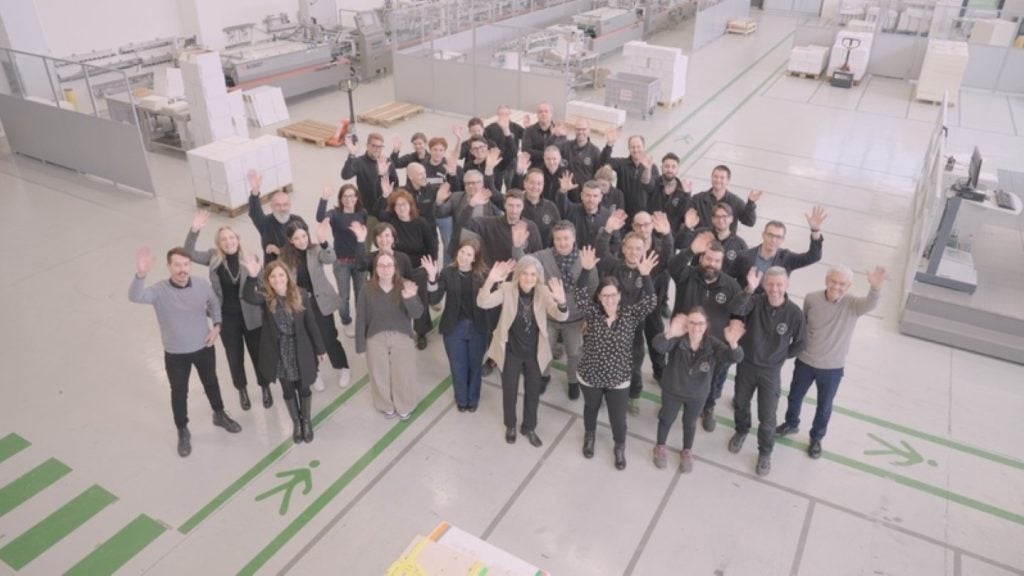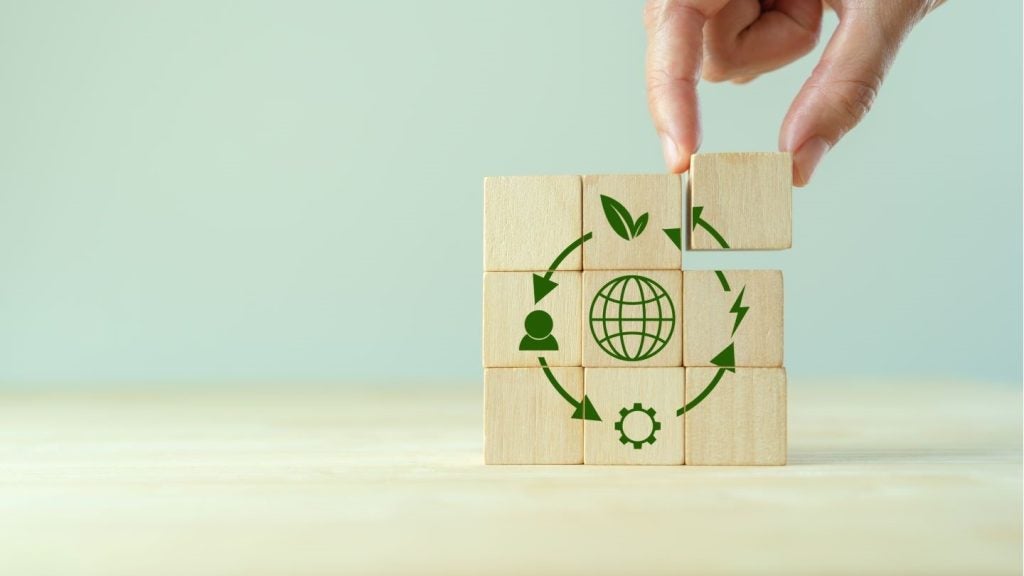In a world increasingly aware of the environmental impact of traditional packaging, the search for sustainable alternatives has taken centre stage.
Among the most promising solutions are seaweed and cellulose, two natural materials offering a compelling mix of biodegradability, renewability, and performance.
These materials are now being explored and implemented as viable alternatives to conventional plastic packaging, representing a significant leap towards a greener future.
The promise of seaweed-based packaging
Seaweed, an abundant marine resource, is fast becoming a key player in the sustainable packaging industry. Unlike traditional plastics, which are derived from fossil fuels, seaweed is renewable and biodegradable.
This characteristic alone makes it an attractive option, particularly in an era where reducing plastic waste is a global priority.
One of the most notable advantages of seaweed-based packaging is its minimal environmental footprint. Seaweed grows rapidly and requires no fresh water, fertilisers, or pesticides, making it a highly sustainable raw material.
It also plays a vital role in absorbing carbon dioxide from the atmosphere, contributing to the reduction of greenhouse gases.
Beyond its environmental benefits, seaweed has properties that make it suitable for packaging applications. It is naturally moisture-resistant and can be processed into films, coatings, and containers.
These properties make seaweed-based packaging a viable option for a range of products, from food to personal care items.
Companies are already making strides in this area. For instance, some startups have developed edible seaweed packaging that can be used for single-use items like condiment sachets and beverage pods.
This innovation not only reduces waste but also provides a unique and engaging consumer experience. Moreover, seaweed packaging can be composted after use, closing the loop in a circular economy.
Cellulose: The powerhouse of sustainable packaging
Cellulose, derived from plant fibres, is another material leading the charge in sustainable packaging. As the most abundant organic polymer on Earth, cellulose is renewable, biodegradable, and versatile. These attributes make it a powerful tool in the quest to reduce reliance on plastic.
Packaging professionals are particularly interested in cellulose for its ability to be transformed into a wide variety of materials. From films and coatings to moulded packaging and paper products, cellulose can be tailored to meet specific packaging needs.
It can also be combined with other natural materials to enhance its properties, such as increasing its strength or improving its barrier performance against moisture and gases.
One of the major advantages of cellulose-based packaging is its recyclability. Unlike many plastic products that end up in landfills or oceans, cellulose can be recycled multiple times without losing its integrity.
This makes it an ideal candidate for packaging solutions that require both sustainability and functionality.
Recent innovations have seen cellulose being used to create transparent films that can replace traditional plastic wraps. These films offer similar performance characteristics to plastics but are fully compostable.
Additionally, developments in nanocellulose—a material derived from cellulose at the nanoscale—are opening up new possibilities for high-performance, sustainable packaging.
Nanocellulose can improve the strength and barrier properties of packaging, making it suitable for protecting perishable goods and extending their shelf life.
Challenges and opportunities in sustainable packaging
While seaweed and cellulose offer tremendous potential, there are challenges to their widespread adoption. One of the primary hurdles is cost. Currently, producing packaging from seaweed and cellulose can be more expensive than traditional plastic manufacturing.
However, as demand increases and technology advances, these costs are expected to decrease.
Another challenge is scalability. For seaweed-based packaging to become mainstream, there must be a reliable and sustainable supply chain. This involves not only harvesting and processing seaweed at scale but also ensuring that these activities do not negatively impact marine ecosystems.
Similarly, the production of cellulose-based materials requires a consistent and sustainable source of plant fibres.
Despite these challenges, the opportunities for seaweed and cellulose in sustainable packaging are vast. As consumers and businesses alike become more environmentally conscious, the demand for sustainable packaging solutions is growing.
Governments and regulatory bodies are also pushing for stricter packaging waste regulations, which is likely to accelerate the adoption of these materials.
Moreover, the versatility of seaweed and cellulose allows for innovation in packaging design. As brands look to differentiate themselves in a competitive market, sustainable packaging can serve as a unique selling point.
Customisable, eco-friendly packaging not only meets consumer expectations but also enhances brand image and loyalty.
The future of sustainable packaging
The future of packaging lies in materials that are not only functional and cost-effective but also environmentally responsible. Seaweed and cellulose are at the forefront of this movement, offering sustainable alternatives to traditional plastics.
As research and development in this area continue to advance, it is likely that these materials will play an increasingly important role in the packaging industry.
For packaging professionals, embracing these materials represents not just a shift towards sustainability, but also an opportunity to innovate and lead in a rapidly changing market.
By investing in seaweed and cellulose-based packaging, companies can reduce their environmental impact, meet regulatory requirements, and satisfy the growing demand for sustainable products.
Ultimately, seaweed and cellulose are paving the way for a new era of sustainable packaging. While challenges remain, the potential benefits for the environment and industry are significant.
As we move towards a more sustainable future, these materials are poised to become essential components of the packaging landscape.











